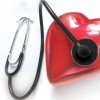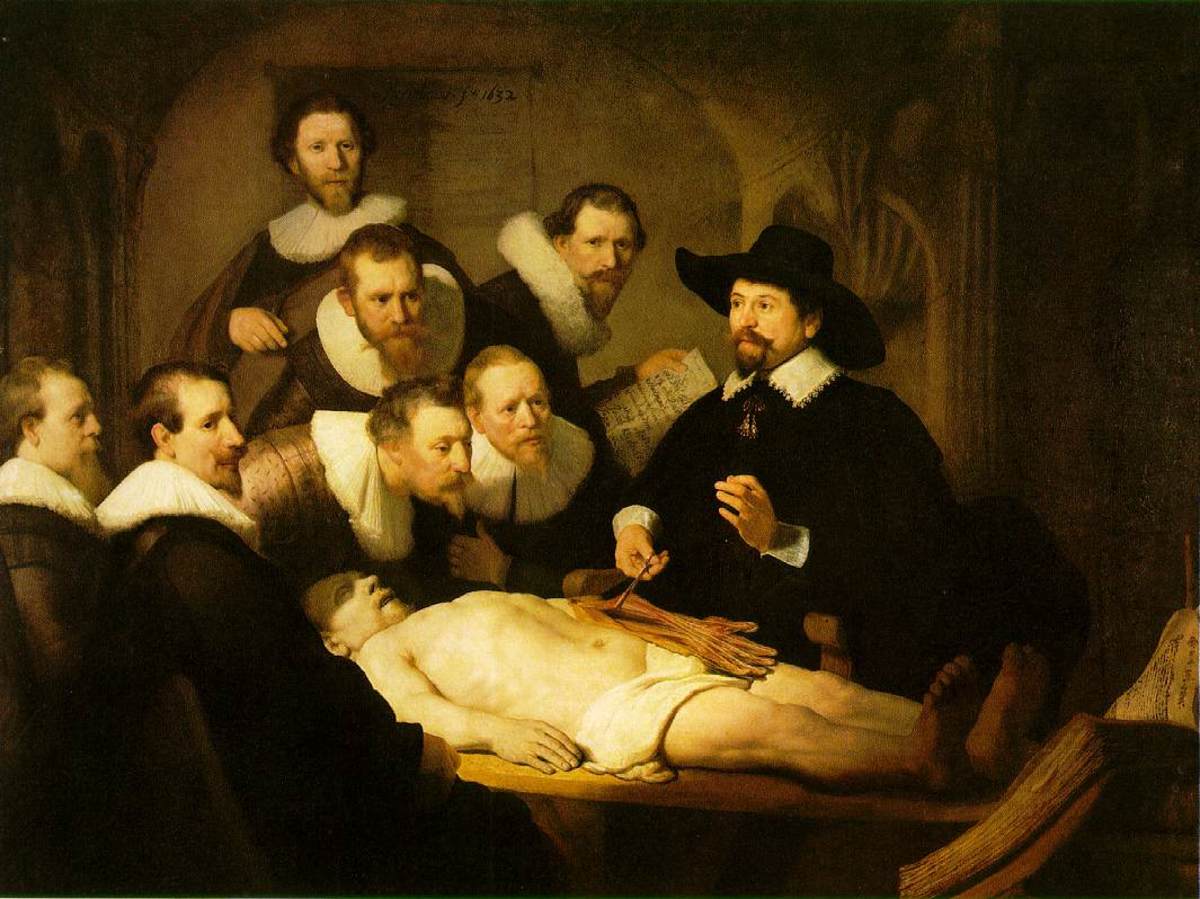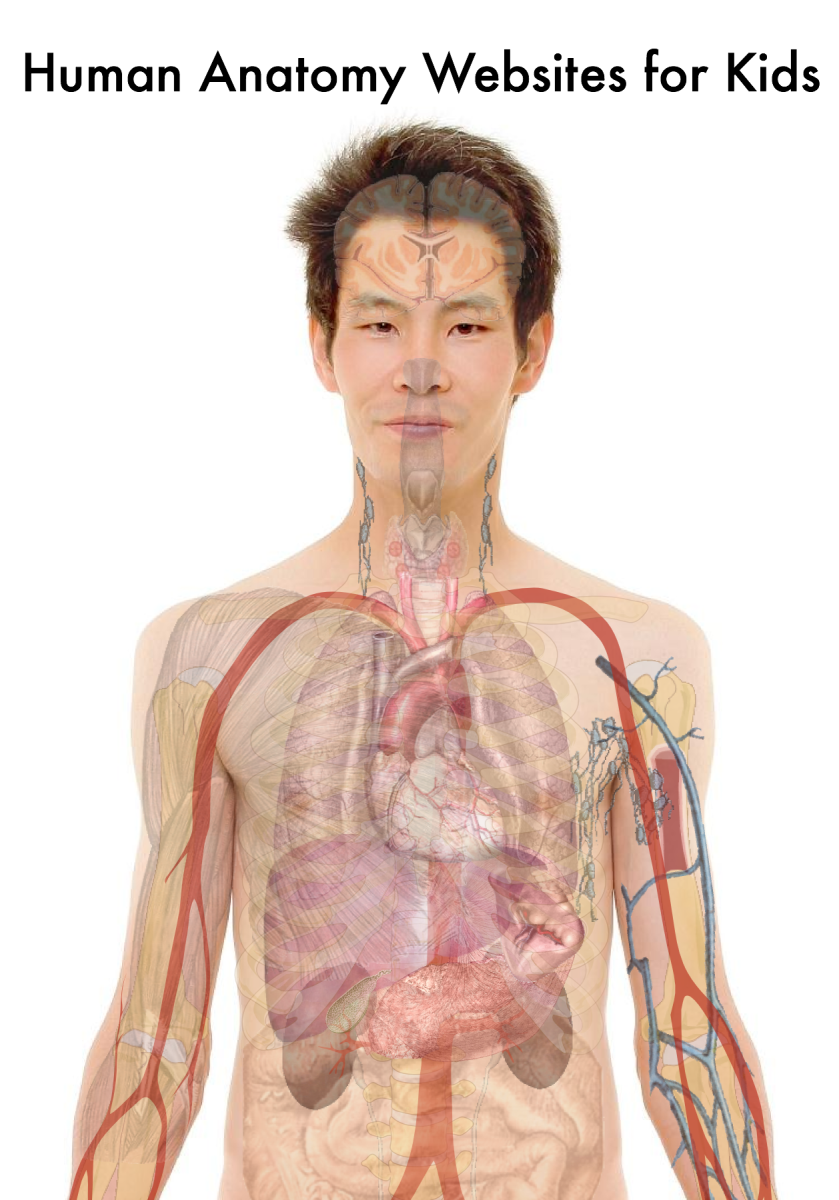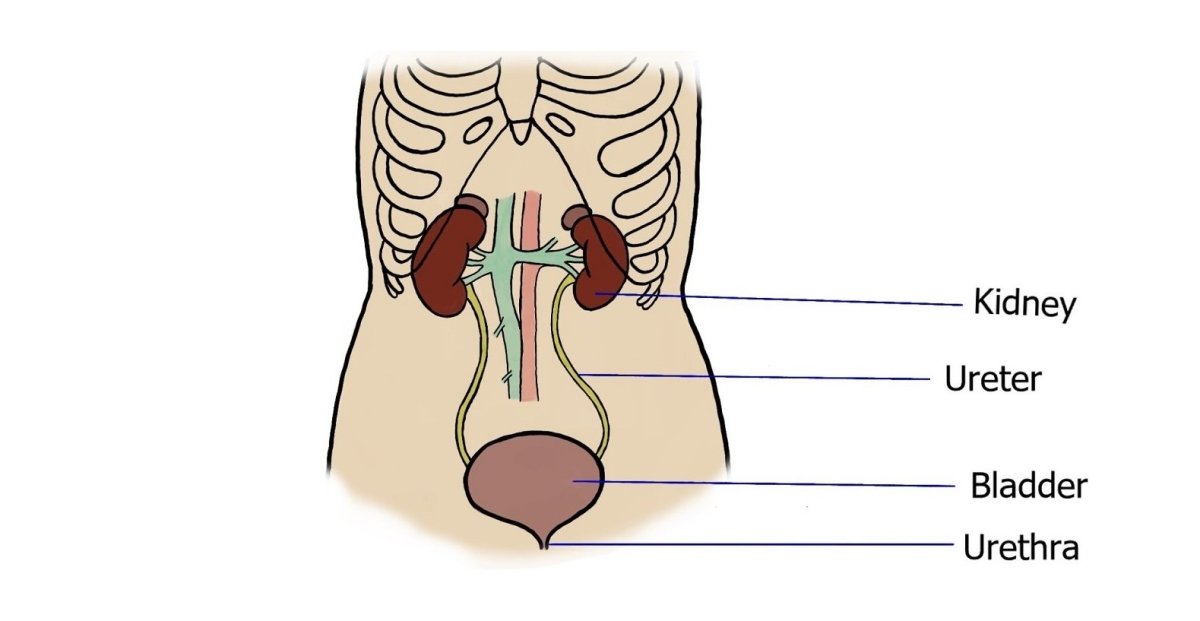Understanding the Human Body - Part 3
In this third article of the series of articles aimed at educating our readers as to how the human body is arranged and is functioning, we discuss the basic structure and the function of the musculo-skeletal system, the sensory system and the immune system.
8. The Musculo-Skeletal System
The musculo-skeletal system consists of two parts, as suggested by its name: the muscles and the skeleton. The human skeleton is made up of different bony structures including the skull and the mandible, the spine and the rib cage, the pelvic girdle and the limbs. These have many functions:
a. Providing a frame work to which the muscles are attached
b. Protecting the important organs of the body from external forces
(e.g.- the skull protecting the brain, the thoracic cage protecting the heart and the lungs)
c. Bearing the weight of the body
d. Acting as a system of levers helping a variety of movements and functions
e. Storing certain elements (e.g. – calcium and phosphate)
The muscular system comprises millions of muscle fibers, grouped to form muscles. These muscles and attached to the bony skeleton via cord like structures known as ligaments. Contraction of the muscles is regulated by the nerves supplying them, conveying signals processed in the central nervous system. Thus, muscles are under the control of the CNS. These muscular movements give rise to movements in the bony skeleton, there by producing a relative movement of a bone compared to the other bones. When these movements are sequenced and organized by the central nervous system, desired movements like walking result.
9. The Sensory System
While the musclo-skeletal system functions as the effectors of the central nervous system, the sensory system provides the inputs for the CNS. The sensory system consists of the eyes giving rise to vision, the ears giving rise to hearing, the nasal olfactory receptors proving with the ability to recognize smell, the tongue providing the taste sensation. Other than these sensory organs, the largest organ of the body – the skin, provides the sensations of pain, touch, pressure, temperature and vibration. The organization and the functions of each of these sensory organs will be discussed in the articles scheduled to be published later.
However, the skin is not merely a sensory organ. It also has the function of defending the external threats from entering the body. This is known as the immune function of the skin, which is also part of the immune system.
10. The Immune System
The immune system is the one which protects the body form the external disease causing infectious agents: namely the bacteria, viruses, fungi and animal parasites. The organs involved are the skin, the lymph nodes, the spleen, the tymus and the bone marrow. The skin provides the human body with the 1st line of defence, preventing the infectious organisms from entering the body. In addition, in the areas where the body is exposed to the exterior (i.e. – mouth and the GI tract, upper airways, the lower urinary and reproductive tracts) the tissues form a barrier preventing the entry of the organisms. However, if these barriers are breached, the cells in the immune system produced in the bone marrow and matured in the spleen, lymph nodes and the thymus, function to eradicate such organisms. In addition to the cells, the body also produces compound proteins known as antibodies, which act specifically against the foreign organisms entering the body. The immune system also has its innate ability to remember the organisms which have entered the body previously. This makes the process of eradication easier once a disease tries to establish for the second time.
In conclusion, the human body is a complex of several systems, functioning independently as well as in co-ordination to maintain the normal function of the human body. Diseases arise, when these individual functions of the systems or the co-ordination between the systems are lost, due to different reasons. The knowledge on the basic structure and the functions will therefore be very important to understand the diseases and how they are being managed.








